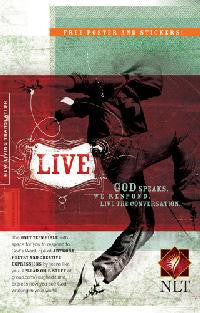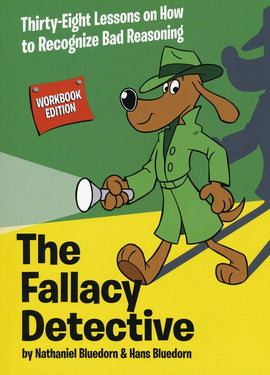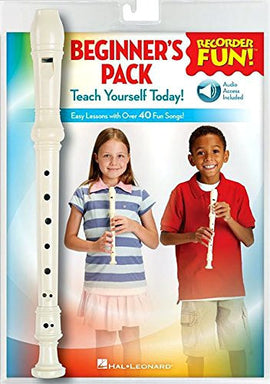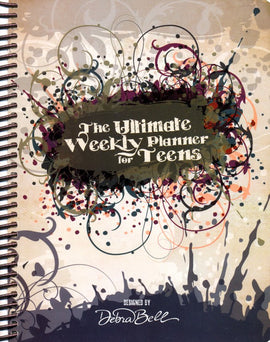The Thinking Toolbox: Thirty-five Lessons That Will Build Your Reasoning Skills Workbook Edition
The Thinking Toolbox has been the best selling text for teaching critical thinking skills and introduction to logic for over 15 years.
This book is like a toolbox, full of different kinds of tools you can use for different thinking tasks. Just as you use a wrench in a regular tool box to fix the sink, so you can use the tools in this book to solve thinking problems.
- When it is dumb to argue
- Using the scientific method
- Five rules of brainstorming
- Who has a reason to lie?
- How to analyze opposing viewpoints
- How to analyze evidence and sources
- How to list reasons why you believe something
- And much more
This book was written for children and adults who want to learn logic and critical thinking skills. The Thinking Toolbox follows the same style as The Fallacy Detective with lessons and exercises and an answer key in the back. Parents and teachers, as well as anybody who wants to learn logic, will find The Thinking Toolbox easy to use and practical.
Features:
- Fun to use not dry like a math textbook
- Can be used after The Fallacy Detective
- Introductory teaches skills you can use right away
- Self-teaching format
- For ages twelve and older
- Over 60 cartoon illustrations by Richard LaPierre
ISBN 9780974531588, SKU 1031588
| Book Title | The Thinking Toolbox: Thirty-five Lessons That Will Build Your Reasoning Skills Workbook Edition |
| Publisher: | Christian Logic |
| Author | Nathaniel Bluedorn, Hans Bluedorn |
| ISBN |
The Thinking Toolbox has been the best selling text for teaching critical thinking skills and introduction to logic for over 15 years.
This book is like a toolbox, full of different kinds of tools you can use for different thinking tasks. Just as you use a wrench in a regular tool box to fix the sink, so you can use the tools in this book to solve thinking problems.
- When it is dumb to argue
- Using the scientific method
- Five rules of brainstorming
- Who has a reason to lie?
- How to analyze opposing viewpoints
- How to analyze evidence and sources
- How to list reasons why you believe something
- And much more
This book was written for children and adults who want to learn logic and critical thinking skills. The Thinking Toolbox follows the same style as The Fallacy Detective with lessons and exercises and an answer key in the back. Parents and teachers, as well as anybody who wants to learn logic, will find The Thinking Toolbox easy to use and practical.
Features:
- Fun to use not dry like a math textbook
- Can be used after The Fallacy Detective
- Introductory teaches skills you can use right away
- Self-teaching format
- For ages twelve and older
- Over 60 cartoon illustrations by Richard LaPierre
ISBN 9780974531588, SKU 1031588











